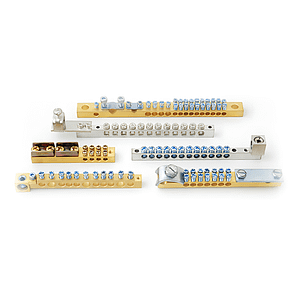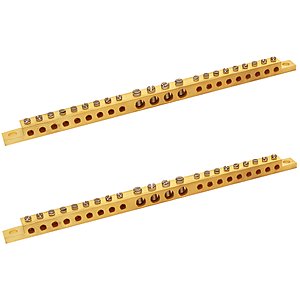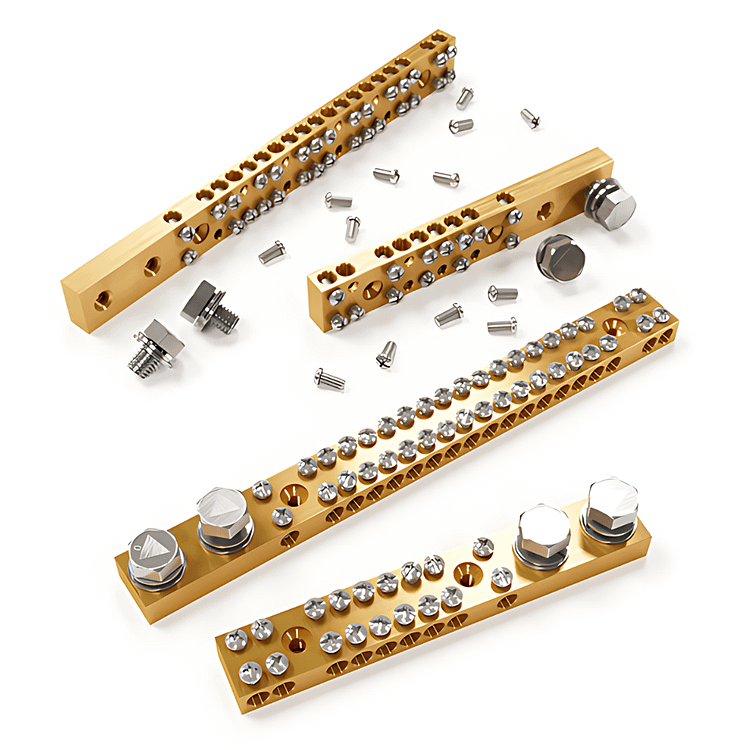
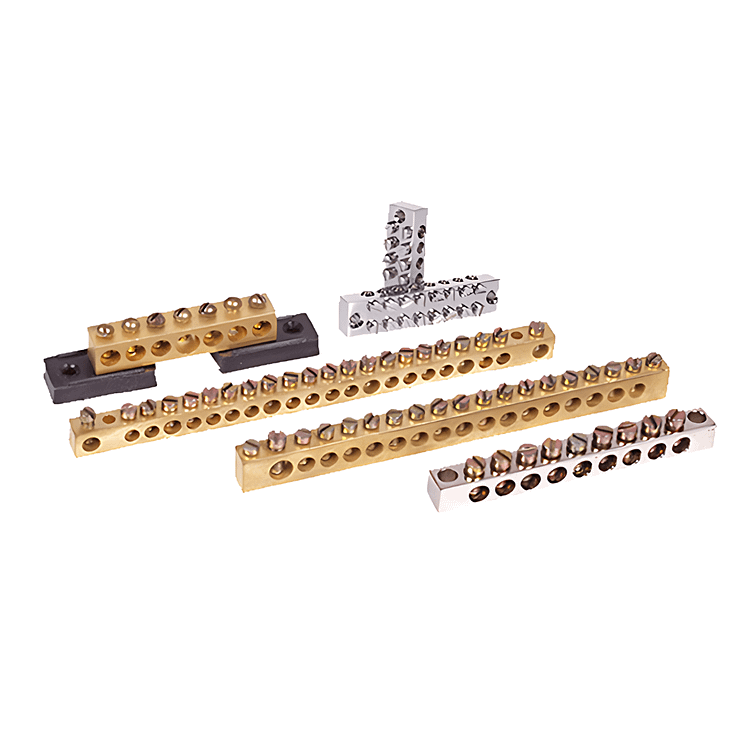
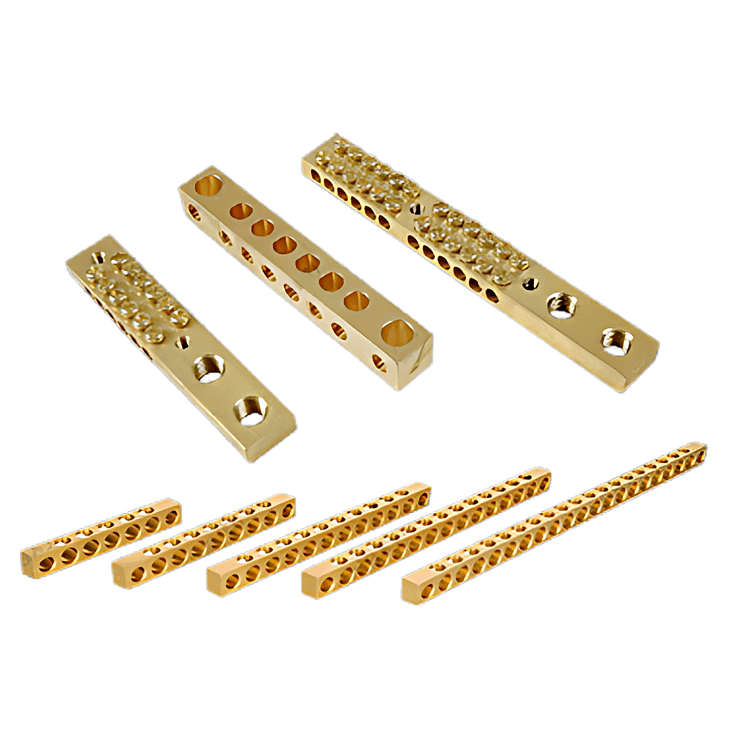

Brass Neutral Links
Brass neutral links are vital components in electrical distribution systems, facilitating safe and efficient power distribution. Crafted from high-quality brass alloys, these links provide reliable connections for neutral conductors in switchboards, distribution panels, and electrical enclosures. Here’s a closer look at the key features and applications of brass neutral links.
Reliable Electrical Connections
Brass neutral links ensure secure and stable electrical connections, essential for maintaining proper circuit functionality. These links securely join neutral conductors, ensuring uninterrupted power flow and preventing potential electrical hazards.
Corrosion Resistance
One of the primary benefits of brass neutral links is their excellent resistance to corrosion. Unlike other metals, brass maintains its integrity even when exposed to moisture or harsh environmental conditions. This corrosion resistance ensures long-term reliability and reduces the risk of electrical faults.
Thermal Conductivity
Brass’s superior thermal conductivity is advantageous in neutral link applications, where efficient heat dissipation is essential. This property helps prevent overheating, ensuring the safe operation of electrical circuits and components.
Easy Installation
Brass neutral links are designed for easy installation, facilitating efficient assembly and maintenance of electrical systems. Their standardized sizes and configurations simplify integration into switchboards and distribution panels, reducing installation time and costs.
Versatility
Brass neutral links find applications in various electrical installations, from residential to industrial settings. They are used in switchboards, distribution panels, control panels, and other electrical enclosures, providing essential connections for neutral conductors.
Compliance with Standards
Neutral links made from brass often meet industry standards and regulations for electrical safety and performance. Manufacturers ensure that these components adhere to specifications to guarantee their suitability for use in electrical systems.
Environmental Sustainability
Brass’s recyclability contributes to the environmental sustainability of neutral links. Using recycled brass in manufacturing helps conserve resources and reduce waste, aligning with eco-friendly practices in electrical engineering.
Conclusion
Brass neutral links play a crucial role in electrical distribution systems, offering reliable connections, corrosion resistance, and thermal conductivity. Their versatility and ease of installation make them indispensable components in various applications, ensuring safe and efficient power distribution. By incorporating brass neutral links into electrical designs, engineers can enhance system reliability and compliance with industry standards.

